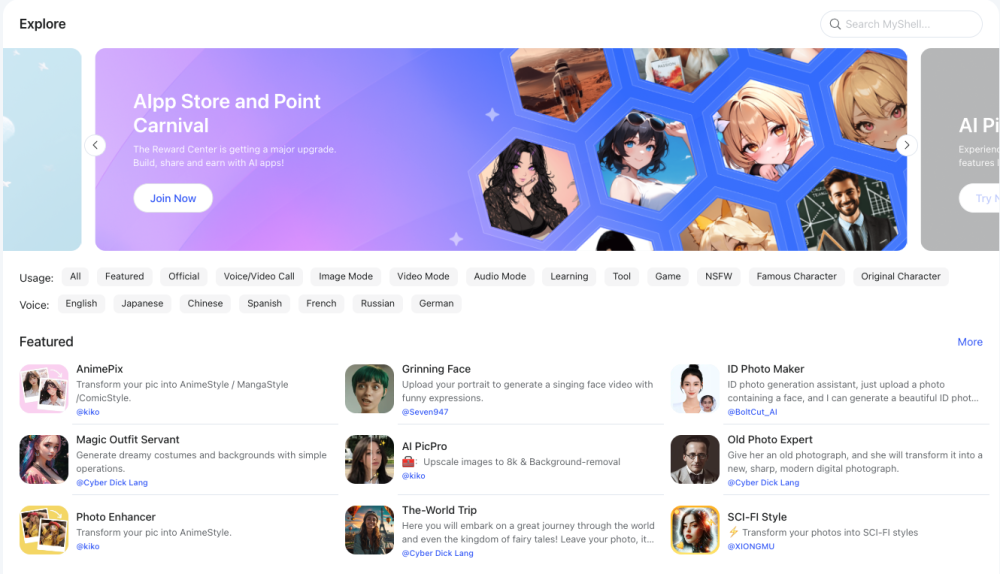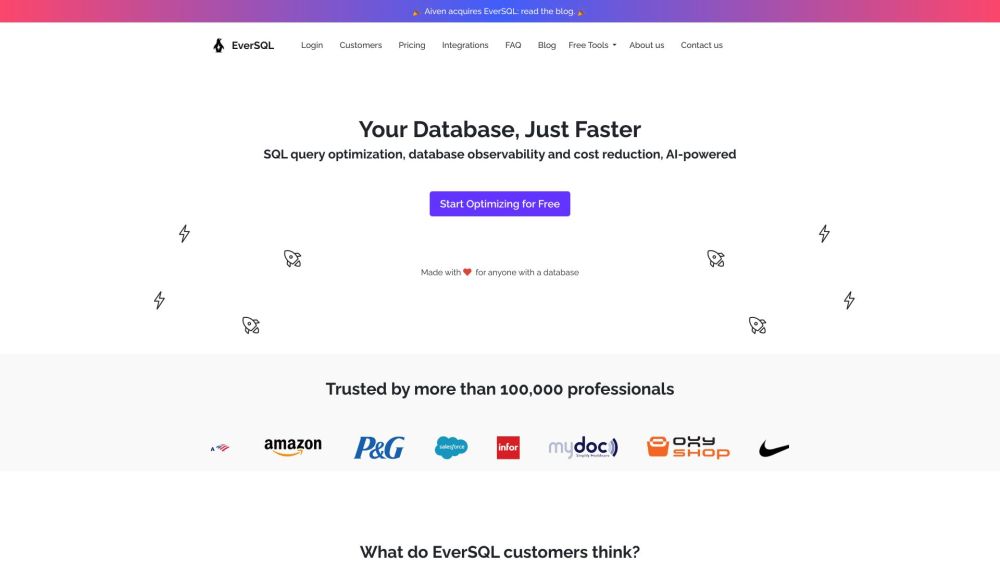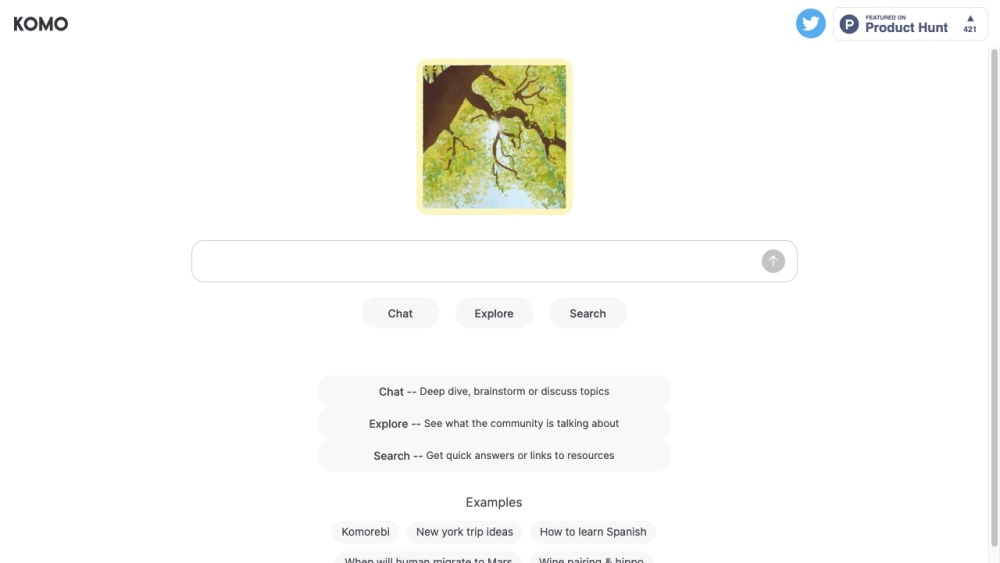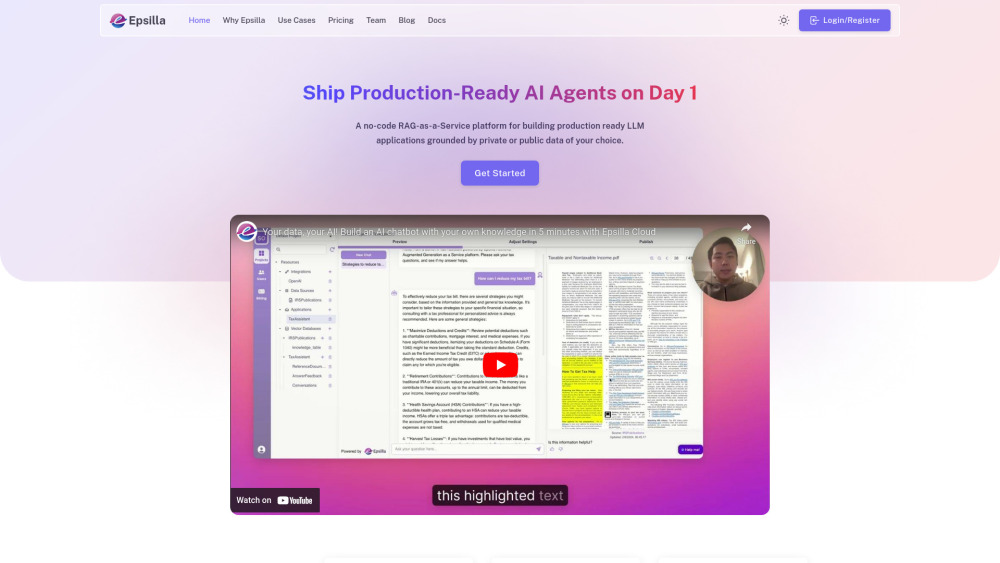With a remarkable advancement in speech recognition technology, OpenAI's Whisper v3 significantly enhances language understanding and reduces error rates, drawing from an impressive five million hours of training data. This innovative open-source model is designed for businesses seeking to elevate their customer service experiences and beyond. Unveiled recently at OpenAI DevDay, Whisper v3 demonstrates improved performance across multiple languages, notably introducing a dedicated language token for Cantonese.
Originally launched in September 2022, Whisper has established its utility in converting audio snippets into text, offering functionalities for speech translation, language identification, and voice activity detection—making it an excellent fit for voice assistants. With Whisper, businesses can effortlessly transcribe customer calls or create text-based versions of audio content. Integrating Whisper with OpenAI’s advanced text generation models, such as the new GPT-4 Turbo, opens up opportunities for developing powerful dual-modal applications that combine voice recognition and text generation seamlessly.
Romain Huet, OpenAI's head of developer experience, demonstrated the potential of these integrations. By utilizing Whisper to transcribe voice inputs into text and pairing it with the GPT-4 Turbo model, he showcased the creation of an intelligent assistant capable of speaking, thanks also to the new Text-to-Speech API.
Whisper v3 stands out not only for the sheer volume of data it has been trained on—five million hours, a substantial leap from its predecessor's 680,000 hours—but also for its sophisticated training methods. Approximately one million hours of this audio data was weakly labeled, meaning it only indicated the presence of sound, while four million hours were pseudo-labeled through predictive modeling techniques.
The model utilizes a Transformer architecture, which processes sequences of tokens that represent audio data, effectively decoding it to derive meaningful text outputs. In essence, it breaks down audio input into manageable pieces, enabling it to accurately determine the spoken content.
To cater to varying application needs, Whisper v3 is available in multiple sizes. The smallest model, Tiny, comprises 39 million parameters and requires about 1 GB of VRAM to operate. The base model contains 74 million parameters and boasts a processing speed that is approximately 16 times faster than previous iterations. The largest version, aptly named Large, features a staggering 1.55 billion parameters and necessitates around 10 GB of VRAM for deployment.
Extensive testing on audio benchmarks like Common Voice 15 and Fleurs indicates that Whisper v3 achieves significantly lower error rates compared to prior versions released in December 2022. OpenAI CEO Sam Altman expressed confidence in the new Whisper during his keynote, proclaiming, “We think you're really going to like it.”
**How to Access Whisper v3?**
Whisper v3 is openly accessible via platforms such as Hugging Face or GitHub, providing opportunities for commercial utilization under the MIT license. This permits businesses to implement Whisper v3, given compliance with specific conditions outlined in the license, including the necessary copyright and permission notices in all distributed versions.
It's important to note that while the license allows for broad use, it also comes without warranties and limits liability for the authors or copyright holders concerning any potential issues arising from its implementation. Although Whisper is open source, OpenAI has announced plans to support the latest version of its automatic speech recognition model through its API in the near future.
While Whisper v3 marks a significant leap in performance, OpenAI acknowledges that its accuracy may decline in languages with limited training data. Additionally, challenges persist in terms of varying accents and dialects, which can contribute to increased word error rates.





